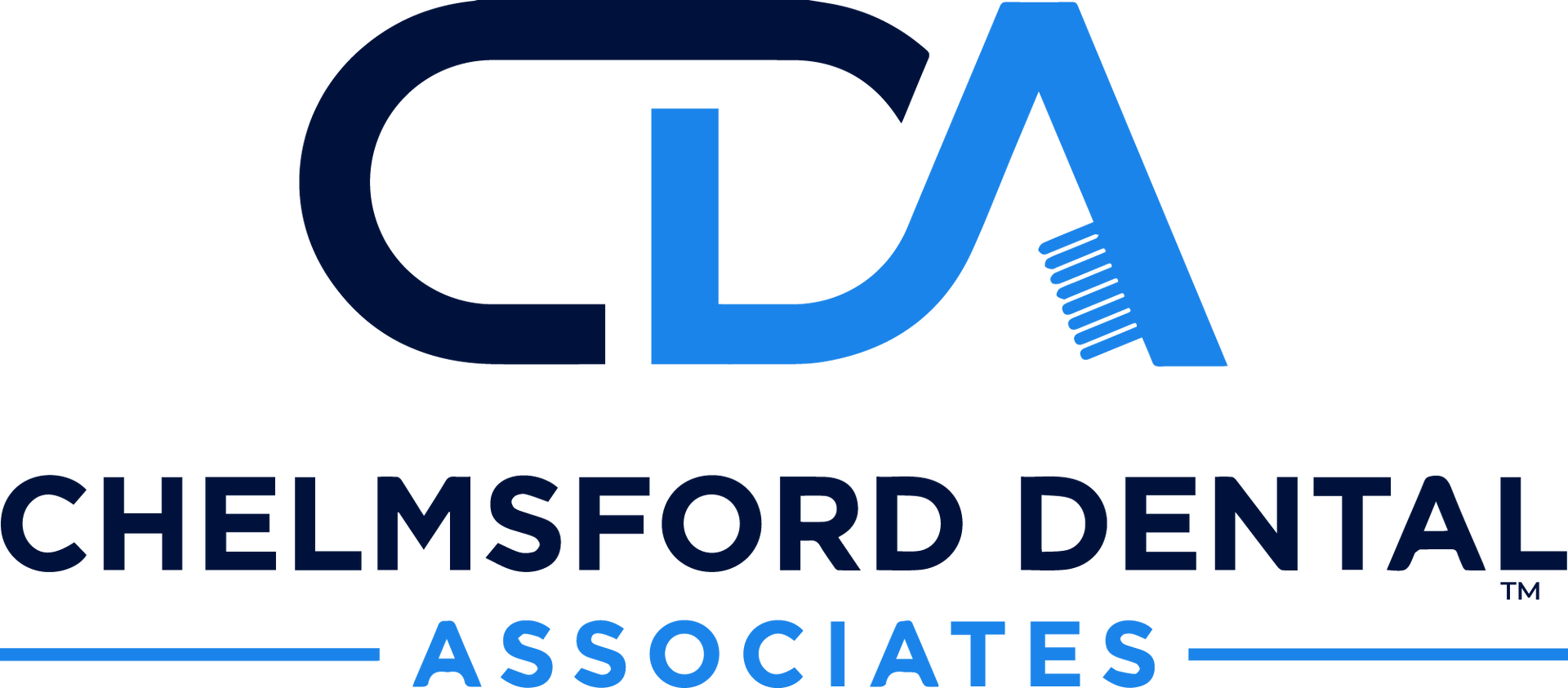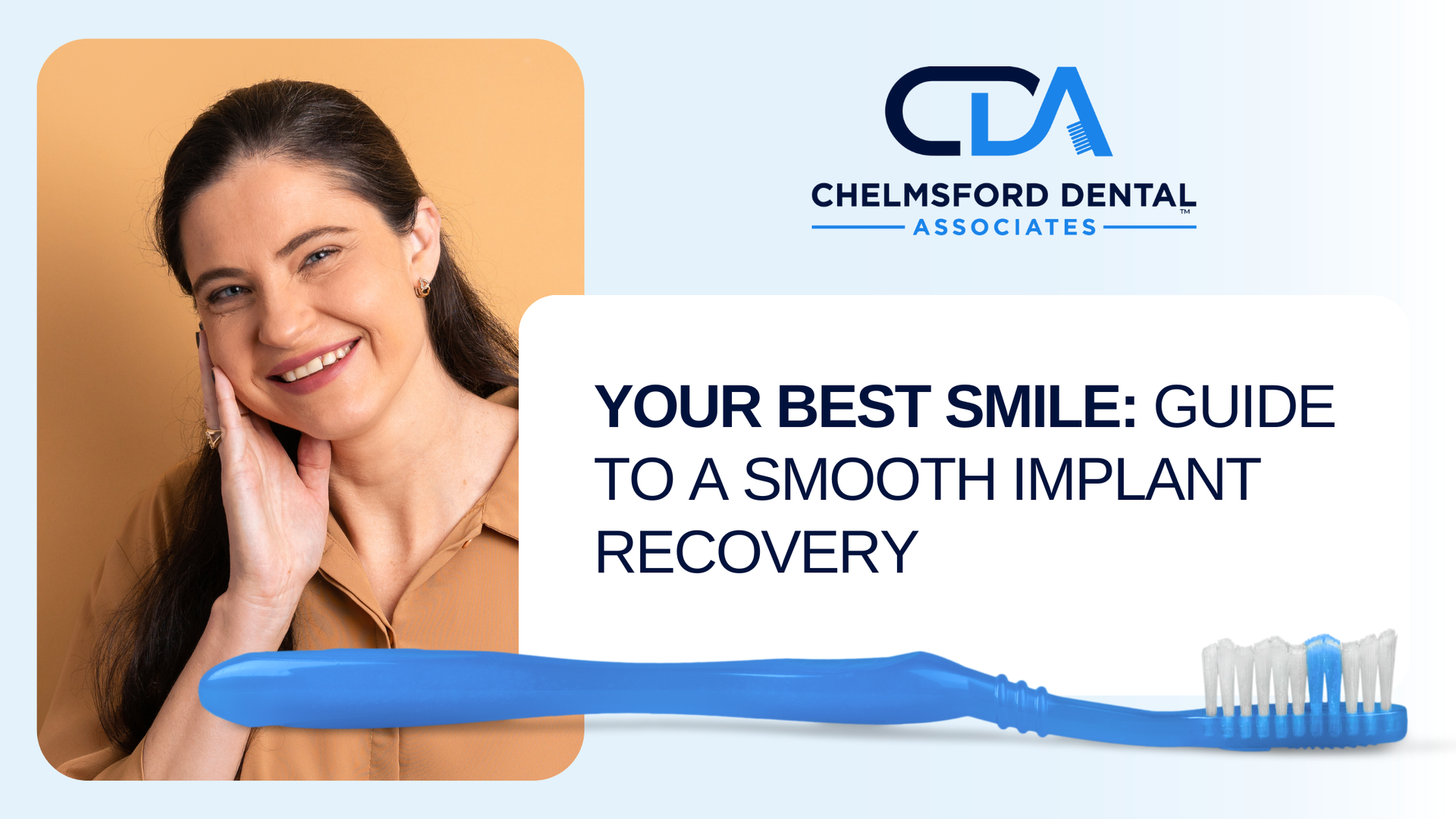How Cavities Start: What They Feel Like and How to Prevent Them

Source: Dr. Marketing
Tooth decay is among the most widespread oral health conditions, yet many people struggle to recognize the earliest signs of a cavity. Because decay can begin silently, without obvious pain, patients often do not seek treatment until the problem has advanced. By then, restoring the tooth requires more complex care. At Chelmsford Dental Associates, we emphasize education and prevention so patients in Chelmsford can protect their oral health long before cavities cause major issues. Understanding what a dental cavity feels like and how to stop it in the early stages is an important step toward maintaining a lifetime of healthy smiles.
How Do Cavities Form?

Cavities develop through a gradual process that begins with bacterial activity in the mouth. When we consume foods high in sugar or carbohydrates, oral bacteria feed on these substances and release acids. These acids weaken tooth enamel, leading to a process known as demineralization.
Over time, if minerals lost from enamel are not replenished, the weakened surface begins to break down. Small pits or holes appear, and decay can spread deeper into the tooth. Once the dentin, the softer layer beneath enamel, is exposed, discomfort and sensitivity increase. If left untreated, cavities may eventually reach the pulp of the tooth, where nerves and blood vessels are located, often resulting in severe pain or infection.
What Does a Cavity Feel Like?
The sensation of a cavity depends on how far it has progressed. Early cavities may not cause any noticeable symptoms at all, which is why professional examinations are essential. As cavities develop, patients may experience:
- Tooth Sensitivity: Mild pain or tingling when eating hot, cold, sweet, or acidic foods. This is often one of the first signs.
- Discomfort While Chewing: Pain or pressure when biting down, which indicates decay has reached deeper tooth structures.
- A Persistent Toothache: Constant or recurring pain that does not go away on its own.
- Rough or Sharp Edges: Cavities can create holes that are noticeable when the tongue runs across the tooth.
- Visible Spots or Dark Areas: Some cavities appear as black, brown, or white spots on the surface of the tooth.
Not every cavity produces pain. Some remain silent until they are large, which is why early detection matters so much.
Stages of Cavity Development

To understand how cavities feel, it helps to look at their stages:
Stage 1: Enamel Demineralization
The earliest stage begins with small white spots that signal mineral loss. At this point, decay can be reversed with fluoride and improved oral hygiene. Most people feel no discomfort at this stage.
Stage 2: Enamel Decay
The enamel begins to break down, and tiny cavities form. Patients may notice mild sensitivity, but pain is still uncommon.
Stage 3: Dentin Decay
Decay spreads into the dentin layer. Sensitivity becomes more pronounced, and pain may occur with certain foods or temperatures.
Stage 4: Pulp Involvement
Once decay reaches the pulp, pain becomes persistent and often severe. This stage usually requires root canal therapy or extraction if the tooth cannot be saved.
Stage 5: Abscess Formation
An untreated cavity can cause infection, leading to swelling, pus, and significant discomfort. This is a dental emergency that requires immediate attention.
How to Stop Cavities in the Early Stages

The best way to address cavities is to intervene before they reach the dentin. Here are key strategies:
- Fluoride Treatments: Fluoride strengthens enamel by replenishing lost minerals. It is found in toothpaste, mouth rinses, and professional treatments provided during dental visits.
- Improved Oral Hygiene: Brushing at least twice daily with fluoride toothpaste and flossing once per day reduces bacteria and food buildup. Regular rinsing with an antibacterial mouthwash also helps reduce acid-producing bacteria.
- Dental Sealants: Dental sealants protect the chewing surfaces of molars, where grooves often trap food particles and bacteria. They are particularly effective for children but benefit adults as well.
- Balanced Diet: Limiting sugary foods and drinks is essential. Instead, focus on fresh produce, dairy products, and water to strengthen enamel and reduce cavity risk.
- Regular Dental Visits: At Chelmsford Dental Associates, routine checkups are designed to detect cavities in their earliest stages. Professional cleanings and exams allow for interventions that stop decay before it progresses.
Common Myths About Cavities

Many misconceptions surround cavities, which can delay treatment.
- “Cavities always hurt.” Not true — many cavities cause no pain until they are advanced.
- “If a cavity is small, it will go away on its own.” Cavities do not heal naturally. Without professional care, they always progress.
- “Only children get cavities.” Adults are equally at risk, especially with gum recession and exposed root surfaces.
- “Flossing is optional.” Skipping flossing leaves nearly a third of the tooth surface uncleaned, increasing cavity risk between teeth.
What Happens if Cavities Are Ignored?

Failing to address cavities early can lead to more than just tooth pain. Consequences include:
- Extensive decay requiring fillings or crowns.
- Infection that spreads beyond the tooth.
- Potential tooth loss, which affects chewing and speech.
- Increased financial and time commitments for treatment.
By recognizing warning signs and taking action early, patients avoid these complications and preserve their natural teeth.
Long-Term Prevention Strategies
Stopping cavities early is important, but long-term habits are equally vital:
- Brush twice daily with fluoride toothpaste.
- Floss daily to clean between teeth.
- Limit sugary drinks and snacks.
- Drink fluoridated water whenever possible.
- Visit us regularly for exams and cleanings.
These habits not only prevent cavities but also support overall oral health, reducing risks of gum disease and tooth loss later in life.
Conclusion

Cavities often begin quietly, with subtle signs that are easy to overlook. Sensitivity, small pits, or visible spots should not be ignored. By understanding what cavities feel like and recognizing their early stages, patients can take steps to stop decay before it causes lasting damage. At Chelmsford Dental Associates, we are committed to providing preventive care that helps patients in Chelmsford maintain strong, healthy smiles. Early action, consistent oral hygiene, and professional guidance are the keys to protecting your teeth for life. Contact us today to book your consultation and take the first step towards a healthier smile.



